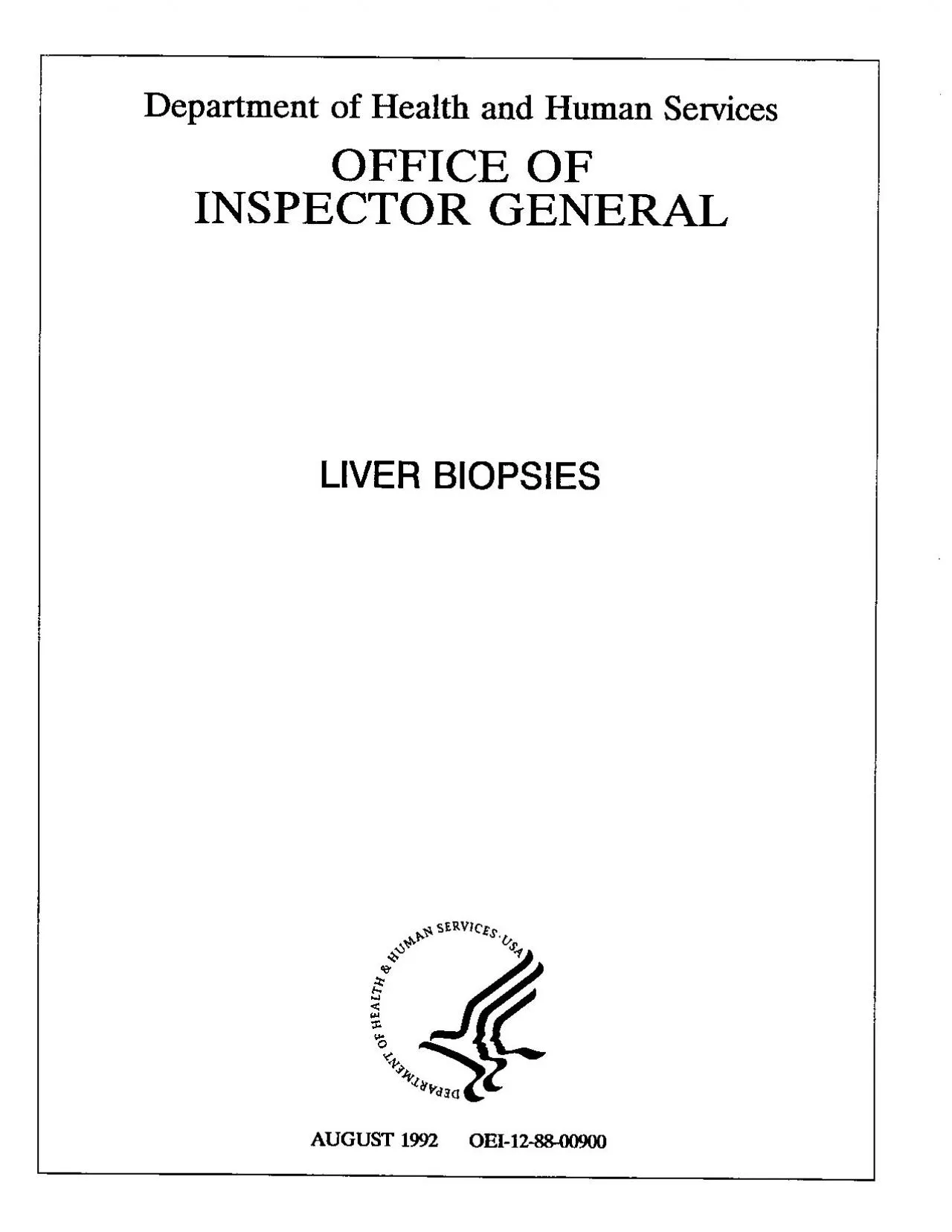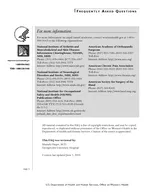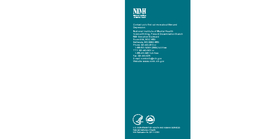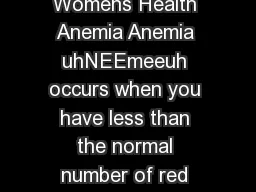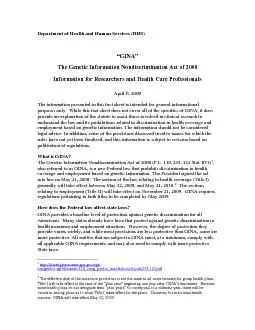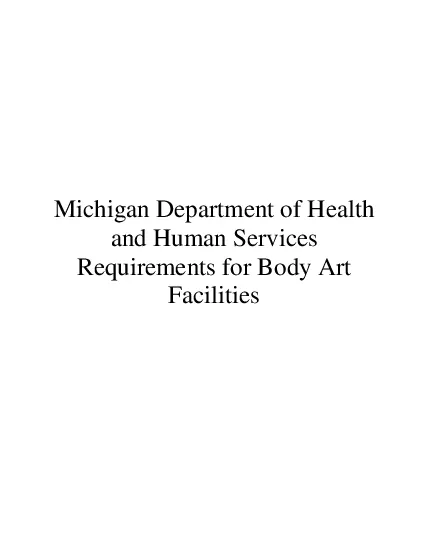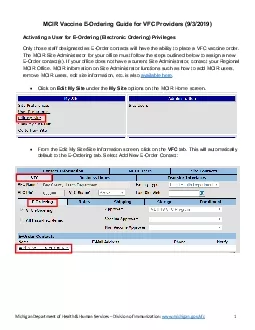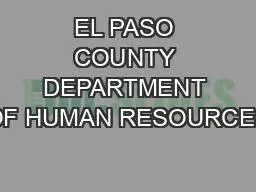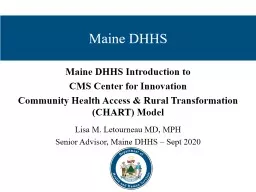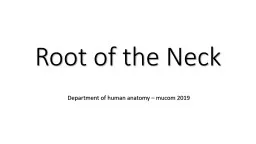PDF-Department of Health and Human Servces1
Author : edolie | Published Date : 2021-09-24
OFFICE OF1INSPECTOR GENERAL1LIVER BIOPSIES1AUGUST 199 OEI1281EXECUTIVE SUMMAR 1PUROSE The Office of Inspector General OIG conducted this study to review theperformance
Presentation Embed Code
Download Presentation
Download Presentation The PPT/PDF document "Department of Health and Human Servces1" is the property of its rightful owner. Permission is granted to download and print the materials on this website for personal, non-commercial use only, and to display it on your personal computer provided you do not modify the materials and that you retain all copyright notices contained in the materials. By downloading content from our website, you accept the terms of this agreement.
Department of Health and Human Servces1: Transcript
Download Rules Of Document
"Department of Health and Human Servces1"The content belongs to its owner. You may download and print it for personal use, without modification, and keep all copyright notices. By downloading, you agree to these terms.
Related Documents

